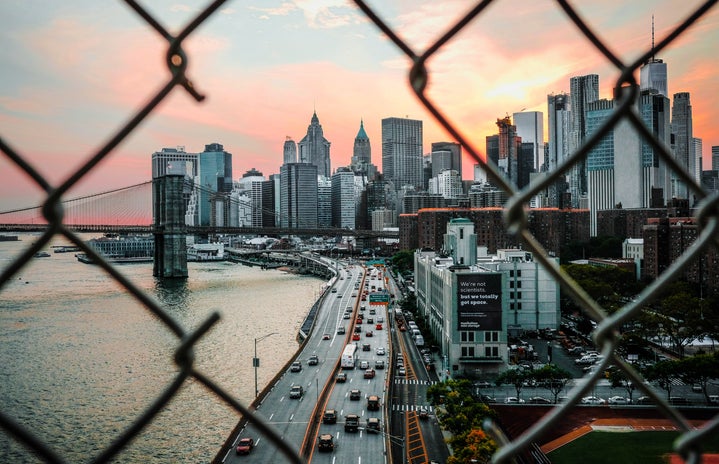Did you know? The Trump administration may not have you covered. In April 2018, without notifying the public, the federal government altered the definition of domestic violence to exclude survivors of some of the most lasting forms of abuse. The new definition recognizes only felony or misdemeanor physical abuse, a move that Slate writer Natalie Nanasi calls a rebranding. “Trump has attempted to brand his administration as one of ‘law and order,’ so shoehorning domestic violence into a criminal justice framework may seem to him like a sensible way to recast the issue.” Nanasi was the first to break this story in January 2019, one that has yet to be picked up by any major news outlets.
Who this new definition leaves out is women who have been forcibly isolated from friends and family, coerced into abandoning their careers, made financially dependent on their abuser, or otherwise manipulated into submission. It’s too soon for the government to estimate how many women will be affected by this change, but new horrors may present themselves in the form of a revamped Office on Violence Against Women that equally limits who is applicable for services. Consider this change along with the recent expiration of the Violence Against Women Act, and one is left to wonder who is deciding (or not deciding) the fate of victims.
According to statistics, that fate is looking pretty bleak. Over half of female homicide victims are murdered by intimate partners, with the Center for Disease Control reporting that one in ten cases features previous violence that could have afforded an opportunity for intervention. One study featured in Journal of Women’s Health estimates that between 1.3 and 5.3 million women in this country suffer at the hands of a partner each year. Deemed a “global health problem of epidemic proportions” by the World Health Organization, intimate partner violence has been targeted by this UN agency in a multicountry study published in 2012. How they defined domestic violence? By including all types of emotional, physical, psychological, and sexual abuse, of course.
The U.S. stands to lose if the government doesn’t change the current definition to reflect the real threats that women face. Despite the United Nations’ creation of an entire handbook dedicated to formulating policy on violence against women, our country has failed to respond in a way that supports those most in need, choosing instead to strip victims of the sole protections available to them. This is made obvious in newer reports that reflect the United States’ lax position on prosecuting abusers. For example, in 2018 the Thomson Reuters Foundation ranked the US as the #10 unsafest country for women in the world, also calling it the sixth highest perpetrator of non-sexual violence, described as, “domestic, physical, and mental abuse”. America was the only nation outside of Africa and the Middle East to claim a spot on this list.
Each year news outlets obsess over US standing in worldwide rankings on education, renewable energy, and industry. If we as a country want to call ourselves the home of the free, we need to start addressing the coercion of victims of intimate partner violence.
And if we don’t? One may expect to see the U.S. join the likes of Syria and Pakistan on many more lists, including those who hide potentially life-changing information from the people. Because again, the U.S. government changed the definition of domestic violence and you weren’t supposed to notice.


